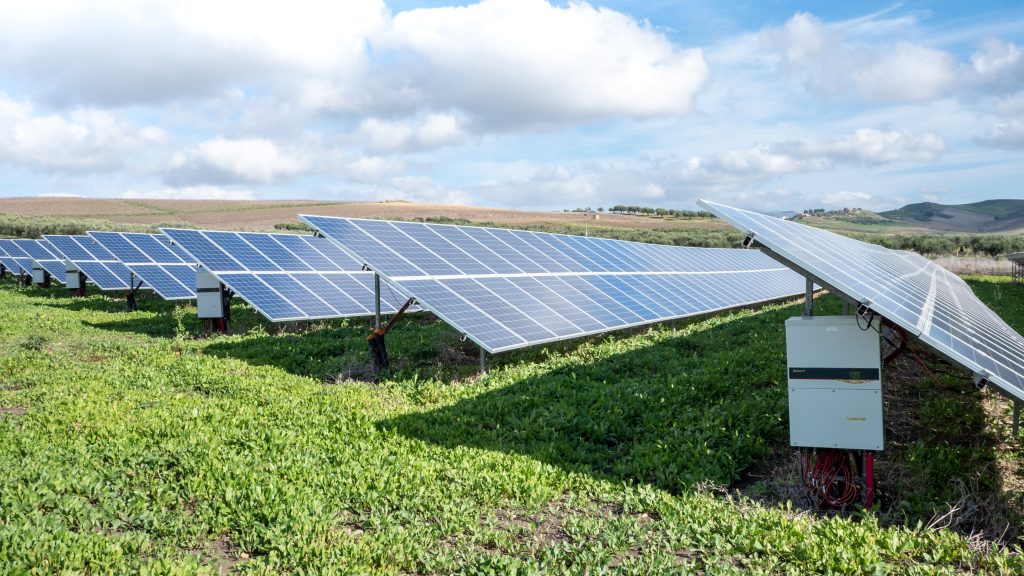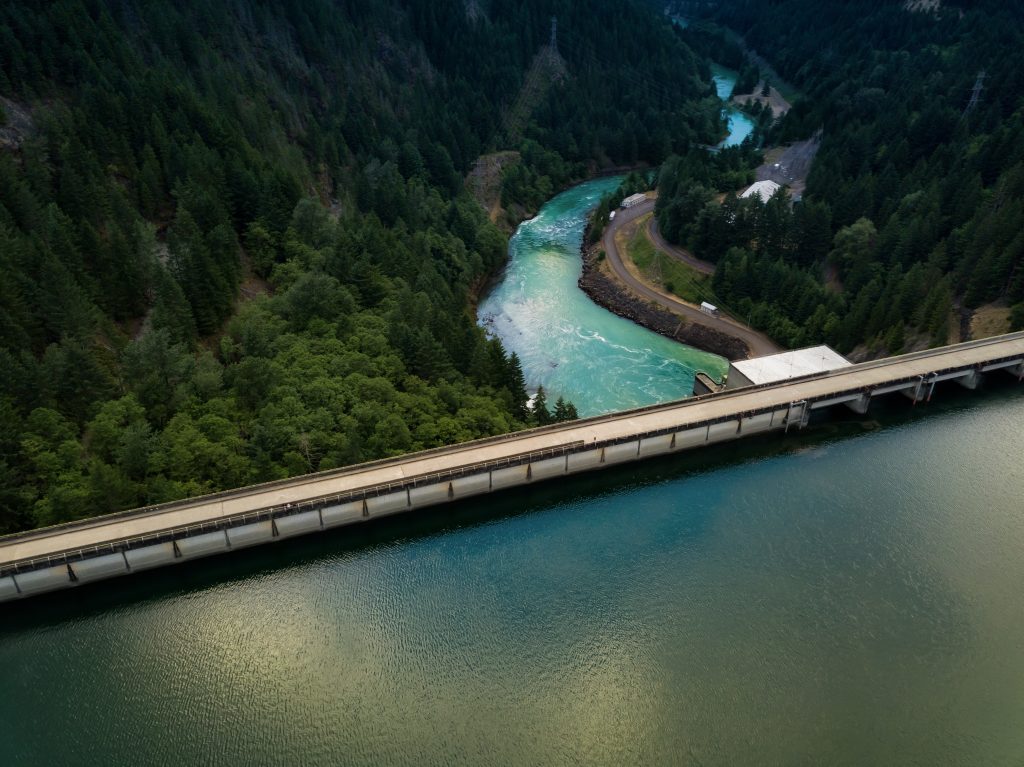
For decades, oil companies have not only hidden knowledge of global warming but also devised a cunning plan to profit from the environmental crisis. Instead of addressing climate change, they came up with the concept of “net zero,” which allows them to subtract some carbon emissions to create the illusion of zero emissions. They introduced “carbon capture,” a clever deception that has earned them billions of dollars in public funds.
To give their profit-driven scheme credibility, these oil giants convinced the Intergovernmental Panel on Climate Change (IPCC) to include carbon capture and storage (CCS) in their models. However, back in the 1950s, industry experts already knew that oil fields would deplete over time. Fracking and pumping carbon dioxide (CO2) into old wells were expensive and ate into their hefty profit margins. Thus, the great carbon capture scam was born.

The industry’s strategy was clear: to swindle the public by claiming to capture and store CO2 while secretly using it to extract more oil, resulting in additional carbon emissions. Chevron, for example, set up the world’s first CCS project in Texas. They used waste CO2 to extend the life of their depleted oil field but ultimately released the gas, generating no tangible climate benefits. However, they successfully produced more oil.
Eventually, the industry renamed the technology “Carbon Capture, Use, and Storage” (CCUS) since the captured CO2 was being used for enhanced oil recovery. In 1992, an international CCUS conference was held in the Netherlands, organized by major oil companies.
One famous case involved Chevron, Exxon-Mobil, Shell, and the Australian government, who promoted carbon capture and use for the Gorgon gas field in Australia. To comply with export regulations, the carbon had to be captured, and the oil companies persuaded Australian citizens to foot the bill. Chevron received a $60 million grant, while advertising CCUS as essential for a reliable energy supply, conveniently omitting that it primarily served to enhance oil production.

Despite promising to capture millions of tonnes of carbon starting in 2016, the companies failed to capture any in the first four years. In 2019, the Gorgon CCUS project broke down and had to shut down for repairs due to sand clogging. While it has captured about 30% of its target for “processing emissions,” it has only achieved 2% of the target for total emissions. Nevertheless, Chevron successfully pocketed the $60 million in public funding.
In addition to socializing costs and privatizing profits, the oil industry introduced a new strategy: socializing the risk. Given that carbon emissions accelerate global warming and that hydrogen production is highly explosive, the companies faced severe liability risks. To avoid this, Chevron and Shell managed to convince the Australian government and taxpayers to assume liability for the hazardous Gorgon project.
Amidst these deceptive tactics, the carbon capture scam began to unravel. A German ministry determined that fossil fuel-based technologies like carbon capture did not offer direct cost advantages compared to renewable energy technologies. The US Environmental Protection Agency revealed that a power plant equipped with CCS required up to 40% more energy, resulting in more CO2 emissions. Despite these warnings, the American Petroleum Institute continued promoting carbon capture.
As the problems persisted, BP abandoned a £500 million carbon capture project in Scotland, and various CCS projects in the US failed, going over budget and missing targets. Carbon Capture and Sequestration Technologies programs shut down due to ecological damages and unviable economics. By the end of 2020, more than 80% of US CCUS projects had failed.
The Quest plant in Canada’s tar sands, operated by Shell, emerged as a prime example of carbon capture chicanery. Instead of reducing its carbon emissions, the plant emitted more than it captured. It also emitted methane, a potent greenhouse gas, and was responsible for an annual carbon footprint comparable to 1.2 million gas-powered vehicles. Despite Shell continuously falling short of its emission reduction targets, the company received a substantial subsidy from the Canadian government.
Scientists, academics, and energy analysts worldwide have called for an end to this subsidy scam. They state that deploying carbon capture at a meaningful scale within the limited timeframe to avert a climate catastrophe is unrealistic. Instead, CCUS subsidization only boosts oil production while posing risks to frontline communities and tying Canada to the dirty tar sands.
CCS facilities around the world, with a total annual carbon capture of about 40 million tonnes, only represent 0.1% of global CO2 emissions. Meanwhile, CO2 emissions worldwide have nearly tripled since the initiation of the first CCS project in 1972. Carbon capture has been a scam from the start and continues to be so, failing to deliver on its promises of achieving net-zero emissions.